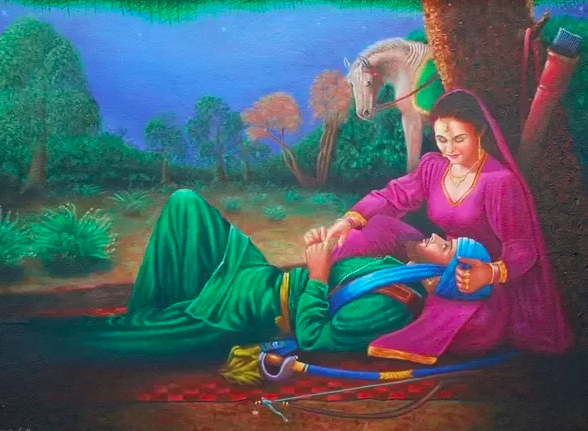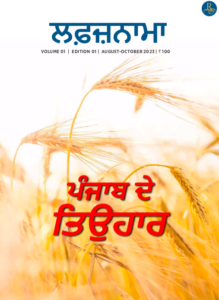THE LOST ESSENCE OF FOLK TALES AND SONGS

I was discussing Ngugi wa Thiong’o’s concept of ‘Decolonization of the mind’ with my students when we landed upon the ‘orientation, values and direction’ literature must provide to the people of its country. Quoting Ngugi, I emphasized upon the need to know our own literature and culture and give due significance to it. To my surprise, when I asked them to name some of the greatest love stories of our land, they could not come up with a single title. I asked them if they could recall any love story or romantic characters from English literature, pat came the reply– Romeo and Juliet!
The shock became all the more evident on my face when I listed the four popular romances of Punjab– Heer Ranjha, Sassi Punnu, Sohni Mahiwal and Mirza Sahibaan, only to draw blank gazes from them. So, it began. One by one, I started to narrate them the tragic tales of the star-crossed lovers. I described in detail how Mirza and Sahiba eloped on horseback to defy the verdicts of their parents and how when Mirza stopped under a tree to take a nap, Sahiba betrayed him by breaking the tips of his arrow. A collective sigh emerged in the class from the young hearts now enraptured in the tale and almost all claimed that they had goosebumps while listening to the agonizing end of the lovers.
I told them to go home and listen to ‘Mirza’ on YouTube sung by some folk artist as the lyrical rendition and the soul-stirring music would definitely add to the pathos of the story. By this time, they were so intrigued by the saga that they were, despite my presence in the class, already searching for it on their mobile phones. For once, I did not mind their insolence. I recalled how when we were young, the mention of Heer-Ranjha would bring forth to our mind’s eye the image of a lonesome Raj Kumar singing in the wilderness,
‘Ye Duniya ye Mehfil, mere kaam ki nahi…’
While the reference to Laila-Majnu brought to mind the innocence-personified image of yesteryears actress Ranjita pleading to a stone-pelting crowd,
‘Koi pathar se na mare mere deewane ko…’
as Rishi Kapoor brought to perfection the act of the love-besotted Qais in the movie ‘Laila Majnu’.
As we moved on from folk tales to folk songs, I asked them if they chanted ‘Sunder Mundriye’ while celebrating Lohri in the month of January and if they were aware of the legend of ‘Dulha Bhatti wala’. Fortunately, some of the girls in the class could recite the song but had no inkling about the legendary character. No prizes for guessing that I ended up narrating the lore of the ‘local Robin Hood’ to them. Dulha Bhatti wala not only robbed the wealthy landlords and distributed the pillaged goods to the oppressed but also was the savior of young girls who were regularly kidnapped and molested by them. He would, then, marry them off and would bestow suitable dowry so that they could begin life anew.
Our culture and literature is replete with such legendary stories and songs, yet the youth of today not only appear to be indifferent to this opulence but also by and large ignorant of their rich inheritance. As a teacher of literature, I never try to bind myself to a particular language or category and always try to instill in my students a love for literature beyond boundaries, for literature must as its primary duty, according to Ngugi, “illuminate the spirit animating a people.”















